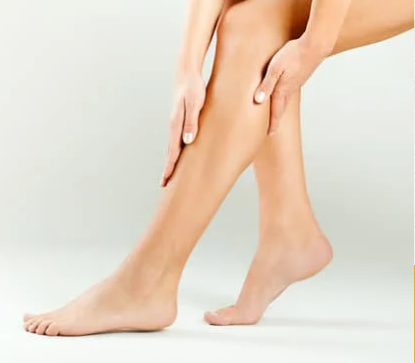What is Peripheral Arterial Disease?
Peripheral arterial disease (PAD) is a condition characterized by atherosclerotic occlusive disease of the lower extremities. While PAD is a major risk factor for lower-extremity amputation, it is also accompanied by a high likelihood for symptomatic cardiovascular and cerebrovascular disease.
Diabetic patients are at high risk for peripheral arterial disease (PAD) characterized by symptoms of intermittent claudication or critical limb ischaemia.
Causes of Peripheral Arterial Disease
People with diabetes have too much sugar in their blood. This may then change blood chemistry and cause blood vessels to narrow. Or, it can damage blood vessels — a process known as atherosclerosis.
Atherosclerosis is the hardening of the arteries. It results when plaque — which is made up of cholesterol and other fats, calcium, and fibrous tissue — builds up in the walls of arteries.
If enough plaque builds up to narrow or block an artery for a prolonged period, it can cause damage to tissue and organs. The health problems that result depend on the location of any narrowing or blockage.
Peripheral Arterial Disease Risks
Factors that can increase your risk for diabetic vascular disease include:
- How long you have had diabetes
- If you have high blood pressure or high cholesterol levels
- If you use tobacco
- If you do not exercise
- If you are overweight or obese
- If you eat a high-fat diet
These factors can also worsen diabetic arterial disease that already exists.
A diagnosis of PAD in patients with diabetes mandates a multi-faceted treatment approach, involving aggressive risk-factor modification, antiplatelet therapy as well as revascularization procedures.
Consequently, early diagnosis and treatment of PAD in patients with diabetes is critically important in order to reduce the risk of cardiovascular events, minimize the risk of long-term disability, and improve quality of life.
Are you suffering from this condition? One of our chiropodist/podiatrist can assist and then recommend what treatment options are best to get you back on track. ✅
Schedule an appointment here or you may call us at 44 (0) 207 101 4000. 📞
We hope you have a feetastic day! 👣☀️
-The Chelsea Clinic and Team
Check our blog about Diabetic Foot Ulcer Classification here https://www.thechelseaclinic.uk/understanding-di…fication-systems/
Learn more about Diabetes here https://www.thechelseaclinic.uk/diabetes-foot-care/
Read our blog about Diabetic Foot Ulcer here https://www.thechelseaclinic.uk/diabetic-foot-ulcer/




